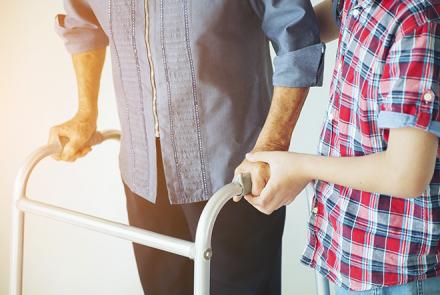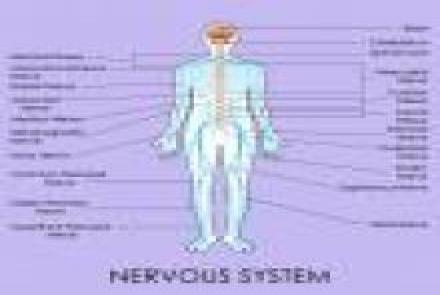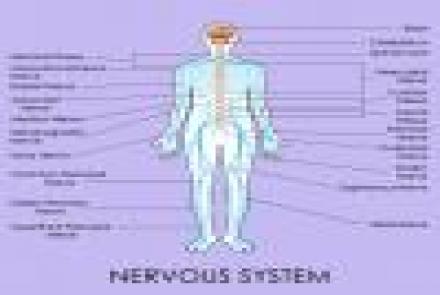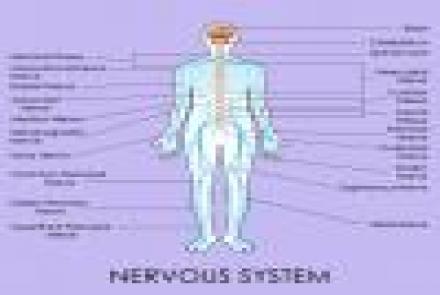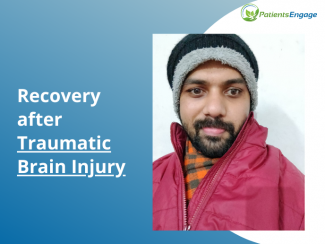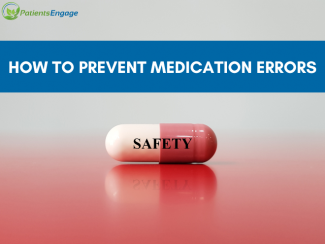Diabetic Neuropathy is a type of nerve damage that can occur if you have diabetes. It can affect different parts of the body. This damage to nerves is called diabetic neuropathy.
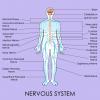
The treatment is based on the types of diabetic neuropathy
1. Peripheral neuropathy treatment
- Manage pain with standard analgesics
- Maintain HbA1c below 7%
- Avoid tobacco and narcotics
- Localised pain can be managed with topical capsaicin, antidepressants (duloxetine, amitriptyline, imipramine, desipramine, venlafaxine), anticonvulsants (carbamazepine, gabapentin, phenytoin), or antiarrhythmic drug mexilitine (oral lidocaine).
2. Proximal neuropathy treatment
- Manage joint pain with standard analgesics
- Maintain HbA1c below 7%
- Avoid tobacco and narcotics
- Local pain can find relief with topical capsaicin and lidocaine patches
- Manage pain with antidepressants (duloxetine, amitriptyline, imipramine, desipramine, venlafaxine), anticonvulsants (carbamazepine, gabapentin, phenytoin), or opiods (oxycodone, tramadol)
- Complementary therapies like acupuncture, physical therapy and TENS (Trans cutaneous electrical nerve stimulation) have been shown to be helpful in some cases
3. Autonomic neuropathy treatment
- Encourage small frequent feeds with liquids, soft foods and low fibre. Avoid high fat foods and carbonated beverages.
- Maintain HbA1c below 7%
- Medications are used for symptomatic relief such as erythromycin or dopamine antagonists (metoclopramide); antidiarrheal medications (loperamide and diphenoxylate), and bile salt sequestrants (cholestyramine). Bowel infections should be referred to a gastroenterologist or treated with broad spectrum antibiotics such tetracycline or cephalosporin.
4. Focal neuropathy
- Symptomatic palliation
- Maintain the HbA1c below 7%
- Prevent onset and/or slow progression clinical neuropathy with regular follow-ups and disease monitoring
- Reassess symptoms every 3-4 months and a yearly follow up for clinical evidence of diabetic neuropathy. In Type 1 diabetics it is within 5 years of diagnosis unless burning and loss of sensations were present at the time of diagnosis.
- Annual neurological screening with medical history and examination that includes sensory, motor, reflex and autonomic responses and a complete foot examination.
Changed
26/Jul/2017
Community
Condition


